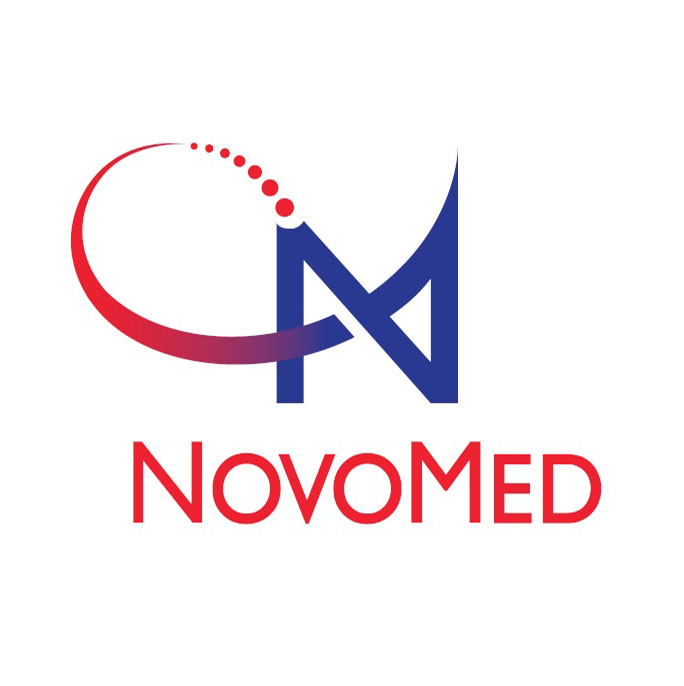Venous Diseases
To fully understand venous diseases, it is essential to understand the complex nature of veins that make up our legs. This is because venous diseases are conditions that arise because of damaged or unhealthy veins. (See healthy veins)
Healthy veins have valves that open and shut to support the healthy flow of blood back to the heart. Because this action is performed against the impact of gravity, the walls of the veins are constantly under heavy pressure. Any damage in the functioning of this process causes ‘reflux’, which is the flow of blood in the backward direction, causing it to collect in the legs. This inefficiency in the pumping of blood to the heart leads to venous diseases.
- Pain
- Swelling
- Heaviness or weighted feeling
- Itchiness
- Redness and inflammation
- Discoloration of skin
- Open wound (ulcer) that may take very long to heal
1. It is not just a superficial or a cosmetic condition
It is important to be aware that treating and relieving the symptoms alone will not cure the disorder. Effective steps need to be taken to support the damaged veins and blood flow in the affected area.
2. It is a progressive ailment
Venous diseases worsen over time. If appropriate steps are not taken to manage the disease, it can ultimately lead to life-threatening or disabling conditions such as painful ulcers or even a pulmonary embolism.
3. Genetics and gender play a role
Females and people having a history of venous diseases in their genes are at a higher risk.
4. Unhealthy lifestyle can increase the risk
Obesity, smoking, a sedentary lifestyle, lack of exercising, and excessive exposure to heat also contribute to the disease.
5. Many patients exhibit no symptoms
Many people suffering from venous disorders are completely unaware of the condition. This is because some of the common symptoms of venous diseases such as swelling, pain, and heavy legs can be attributed to fatigue, tiredness, and general weakness. While these seem easy to detect, many a time the problem is observed only when one experiences a more noticeable symptom such as skin changes or bulging veins.
Though superficial venous problems can be repaired by surgical removal, compression therapy is one of the most proven, non-invasive (no surgery or procedures required) and convenient ways not only to treat venous diseases but also to manage and prevent them.
Regularly wearing compression stockings provides the much-needed strength and efficiency to the damaged valves, decreases high blood pressure (hypertension) and ultimately, slows down the progression of the disease.
Types of venous diseases:
Acute:Venous diseases that are categorized as acute are serious in nature. These occur suddenly but can even be triggered by pre-existing chronic venous diseases.
Chronic:Chronic conditions are those that develop over a long period of time. (Also see: types of venous diseases)




